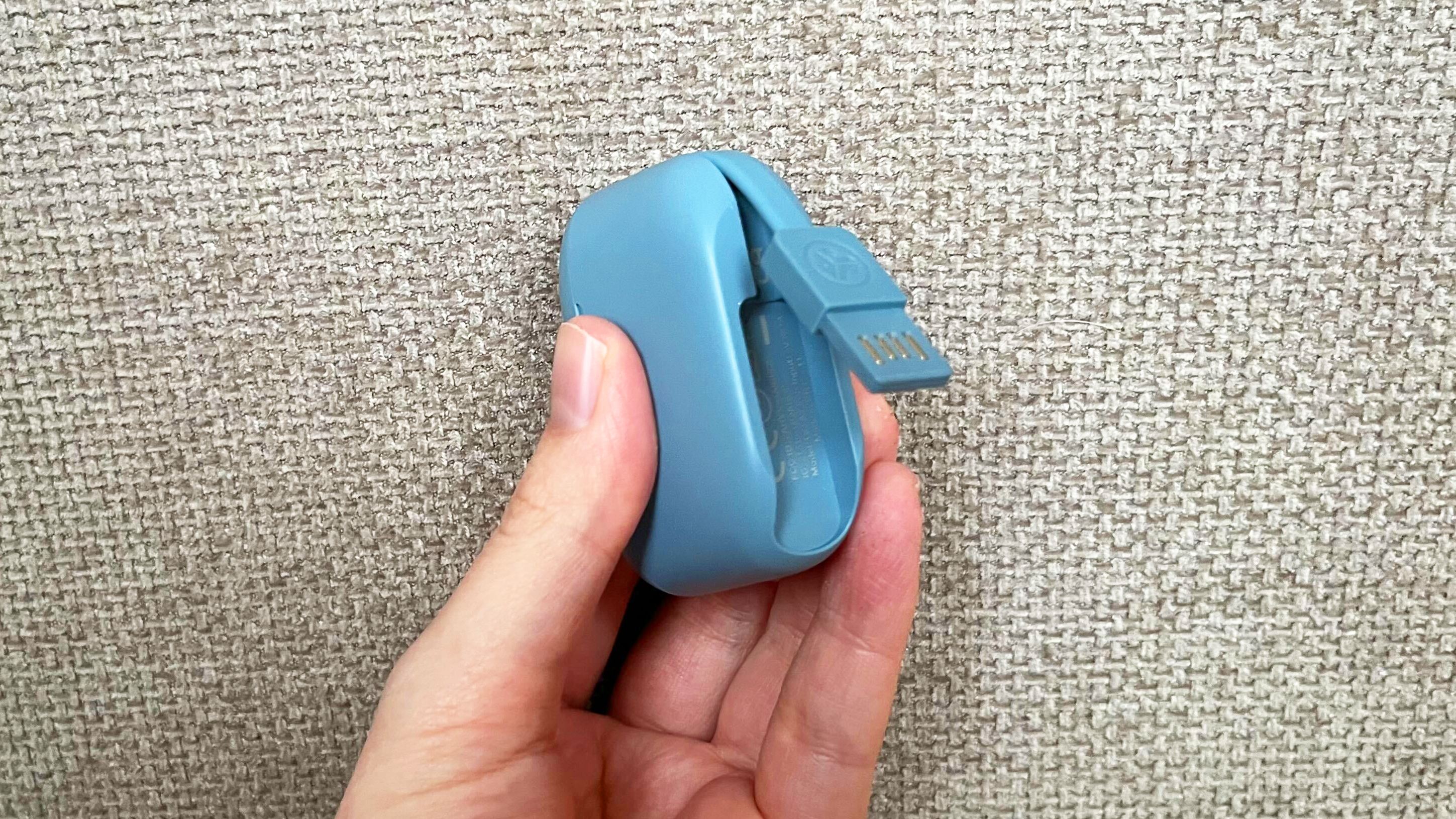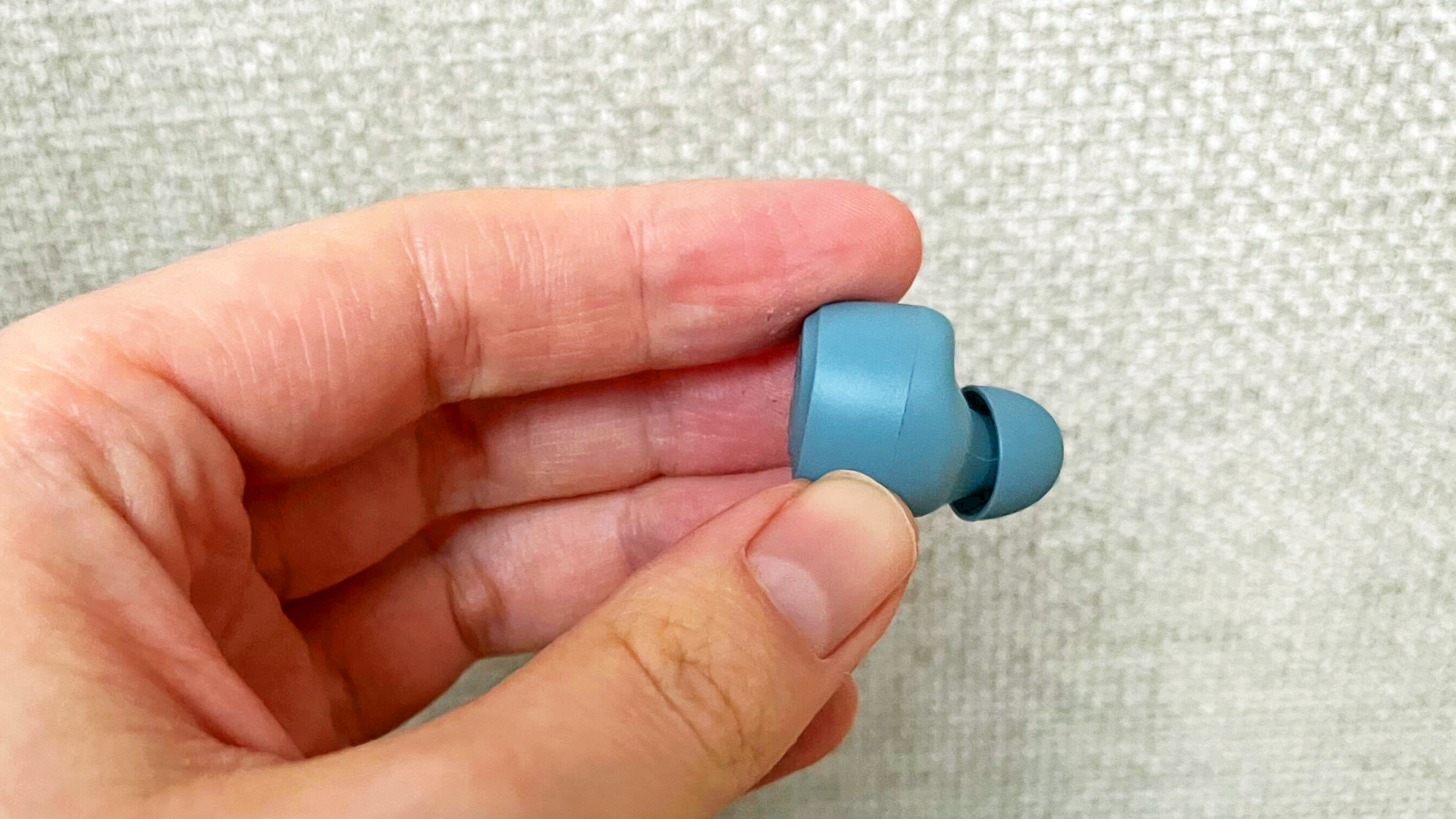I tried some $20 wireless earbuds - and they’re actually pretty good

Finding the very best-sounding headphones on the planet has become something of a personal mission over the years - to me, there’s nothing better than sticking on a pair of chunky over-ear headphones, hitting play on a hi-res stream of one of my favorite songs, and letting myself melt into the music.
These days, you don’t even necessarily need a pair of expensive audiophile cans to enjoy high quality sound - and advances in Bluetooth technology means wireless earbuds and headphones can deliver remarkable audio performances.
Spending a lot of money on a pair of wireless earbuds isn’t a requirement anymore, either. Models like the Cambridge Audio Melomania 1 Plus and the Lypertek PurePlay Z3 2.0 have proven that you can enjoy a neutral, well-balanced soundstage with plenty of detail for less than $100 / £100.
But what about super cheap wireless earbuds like the JLab Go Air Pop? Are earbuds that cost $20 / £20 ever worth buying? Wanting to find out whether bargain basement buds can cut it, I put my Sony WH-1000XM4 Wireless Headphones away and turned my attention to JLab’s cheapest true wireless earbuds instead.
Flimsy case, not so flimsy connectivity

Opening up the JLab Go Air Pop for the first time, I was struck by how light the charging case and earbuds felt. The flip-top lid snaps in place magnetically, and, as you might expect for $20, it feels quite flimsy - if you do buy these earbuds, you’ll need to treat the case quite carefully to avoid breaking it.
Like their predecessors, the charging case that comes with the JLab Go Air Pop has an integrated charging cable that slots into a groove at the bottom, so it can be tucked away while not in use.
This is a handy feature for anyone that misplaces their cables, but it does mean that if the cable is damaged, the whole charging case will be rendered useless. Speaking of the charging case, it provides a total 32 hours of battery life when combined with the earbuds. The earbuds themselves last for eight hours - not bad at all for the price, and better than the very popular AirPods Pro.
Sign up for breaking news, reviews, opinion, top tech deals, and more.
You get three differently-sized gel eartips in the box, so you should be able to find a secure fit for your ears - I was surprised to find the tips already connected to the earbuds were the perfect size for me (usually I have to try a few on first).
Pairing the earbuds with my iPhone 13 mini was a breeze; you have to take the earbuds out of the charging case to put them in pairing mode, unlike the Apple AirPods. This came as another pleasant surprise - all too often, cheap wireless earbuds are plagued by connectivity issues, but the JLab Go Air Pop paired quickly with no issues. These buds also come with touch-sensitive controls, which again, worked seamlessly. Even high-end brands don’t always get this right - consider me impressed.
Then came the real test: how do these cheap earbuds actually sound? I searched for the A-Track remix of the Yeah Yeah Yeah’s Heads Will Roll on Spotify, and hit play.
A dirty window

The audio performance of the JLab Go Air Pop is much better than you might expect for a pair of $20 earbuds. No, they don’t sound anywhere near as good as pricier rivals like the Sony WF-1000XM4, or even the original AirPods (which are by no means our favorite true wireless earbuds).
The first thing I noticed about the JLab Go Air Pop is just how bass-heavy they are. For a thumpy track like Heads Will Roll, that sound profile works quite well. Audiophiles won’t like how much the lower frequencies overpower the rest of the mix, but if you want a pair of running earbuds that’ll bolster workouts with a strong bass line, the Go Air Pop could work rather well (and with an IPX4 water resistance rating, they should be able to withstand a little sweat).
So, electronica and dance fare quite well. But, stick on anything that has subtle dynamic and harmonic changes, and the low price of the JLab Go Air Pop makes more sense.
Listening to George Harrison’s My Sweet Lord, that strong bass sounded muddy and bloated. The mids - that’s where the all-important vocals and guitar sit - are very recessed, and you don’t get much from the higher frequencies either, which means you miss out on a lot of detail.
The word that came to mind for me was ‘dusty’. That might sound like a strange way to describe a pair of earbuds, but listening to the song reminded me of looking out of a dirty window. Sure, you can see the outside, but you’d need to give it a good wipe down to get any real sense of clarity.
It’s not all bad news, though. In spite of their low price, the Go Air Pop don’t sound overly closed off, and they gave a good sense of directionality from the guitars, lead vocal, and gospel-style backing vocals. Another benefit of the Go Air Pop is how good they are at isolating sound. The in-ear design is really effective in creating a good seal against your ear canal, and even though there’s no active noise cancellation on offer, they block out a decent amount of ambient sound.
You can also customize the sound if you wish (sort of). Triple-tapping either earbud will swap to one of three EQ profiles: Signature, Balanced, and Bass Boost. I did most of my listening using the Signature setting, but the Balanced profile dials the bass down a bit, which is handy if you find the low end really overpowering. Bass Boost is ridiculously bassy, as you might imagine - to the point I started laughing when the kick drum came in on Passion Pit’s Sleepyhead. Don’t even try to listen to tracks with heavy distortion on this setting (but if you do, try listening to Crystal Castle’s Not In Love for a good laugh).
Final thoughts

Having spent a little time getting to know the JLab Go Air Pop, I can tell you that I’m excited to test them more thoroughly - and if you’re interested in finding out how these buds perform in lots of different scenarios, stay tuned for our full review in the coming weeks.
What’s clear already, is that these $20 earbuds outperform their price - but if you are thinking of buying them, you need to have realistic expectations. You’re not going to get the kind of dynamism that makes emotive pieces soar, nor the accuracy to deftly convey complex rhythms and textures.
Instead, these are a pair of cheap earbuds that work well, play music, and have a decent battery life - and they’ll certainly serve you better than any of the Dollar Store headphones tested by our very own Nick Pino recently.
- Looking for more? Read our guide to the best budget wireless earbuds

Olivia was previously TechRadar's Senior Editor - Home Entertainment, covering everything from headphones to TVs. Based in London, she's a popular music graduate who worked in the music industry before finding her calling in journalism. She's previously been interviewed on BBC Radio 5 Live on the subject of multi-room audio, chaired panel discussions on diversity in music festival lineups, and her bylines include T3, Stereoboard, What to Watch, Top Ten Reviews, Creative Bloq, and Croco Magazine. Olivia now has a career in PR.